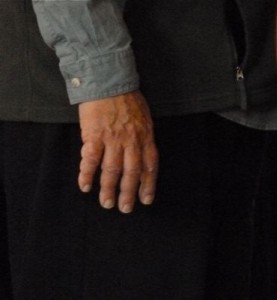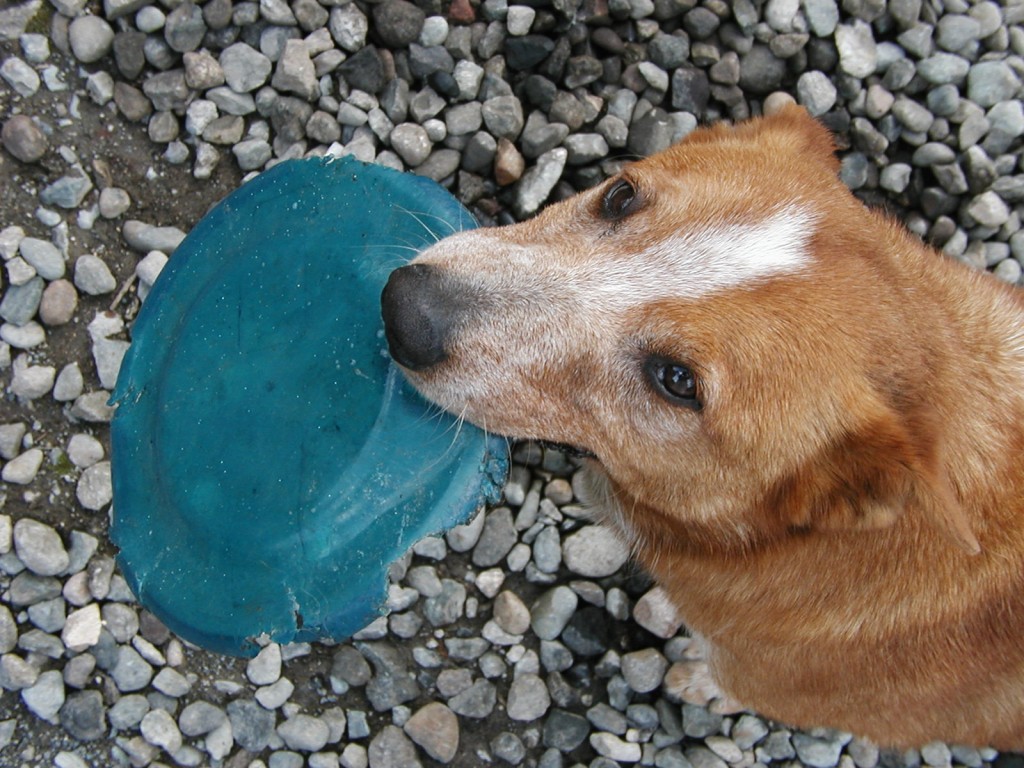Presence & Boundaries Post 2: Presence Is The First Step to Power & Clarity

A world of difference exists between living in your head and sensing. Sensing–attending to the flow of guidance received through your body–supports constructive responses to emotions and energies from moment to moment.
Disconnecting from the body makes us ever so much more susceptible to external influences and energies. It lays us open to them like an empty house with the doors open. When we are not fully Present our energies become less organized, focused, and clearly-patterned. This alters the function of our meridians, organs, chakras, and energy fields. Such disorganization makes us both more sensitive to external energies and simultaneously less able to take actions that increase our comfort.
Noticing feelings, emotions and needs begins with sensing feeling in the body.  Getting Present allows our body to give us information about what we need, our minds to interpret this information and conceive self-soothing ideas, and our emotions to calm down and smooth out. Then our energy becomes more robust and solid around us and we are less vulnerable to external influences.
Getting Present allows our body to give us information about what we need, our minds to interpret this information and conceive self-soothing ideas, and our emotions to calm down and smooth out. Then our energy becomes more robust and solid around us and we are less vulnerable to external influences.
Spacing out or numbing out makes our energy fields porous and wispy, and can cause holes in them. Disowned emotions stick in the fields and attract discordant energies from the environment, like lint to Velcro.
Being IN and WITH the body and getting really healthy makes it easier and less painful to manage intense energies and emotions. Drugs, alcohol, non-present sexual encounters, media addiction, eating disorders, unexpressed emotion etc. monopolize space, time, energy and attention that can otherwise be used to actually address discomfort. When we numb ourselves we cut off the signals that provide effective guidance and direction.
Mastering reactions instead of running from them builds up power and energy for constructive change.
Impact, traction, power, influence, and clarity draw from Being Here fully; Presence. We begin to find words for our experiences and it becomes much easier to ask for what we want and need, like asking someone to listen or asking for some space.
Presence is the first step. When boundary issues (confusion about what is who’s) arise, there ARE more steps to take to get to personal power and clarity. Checking to make sure we are sticking around is good to do between each step. Presence is an end in itself.
Post #3 is an esoteric view of why boundaries can be confusing to intuitive people, and how boundary confusion can lead to picking up external energies.
Please share this post with those who will find these reflections useful.
What would You be empowered to do if you could manage your discomfort with compassion?
Have you ever noticed that when you go straight into your pain that it begins to dissolve?
My ebook—see cover on the right sidebar—goes into detail about managing sensitivity to energy.



























